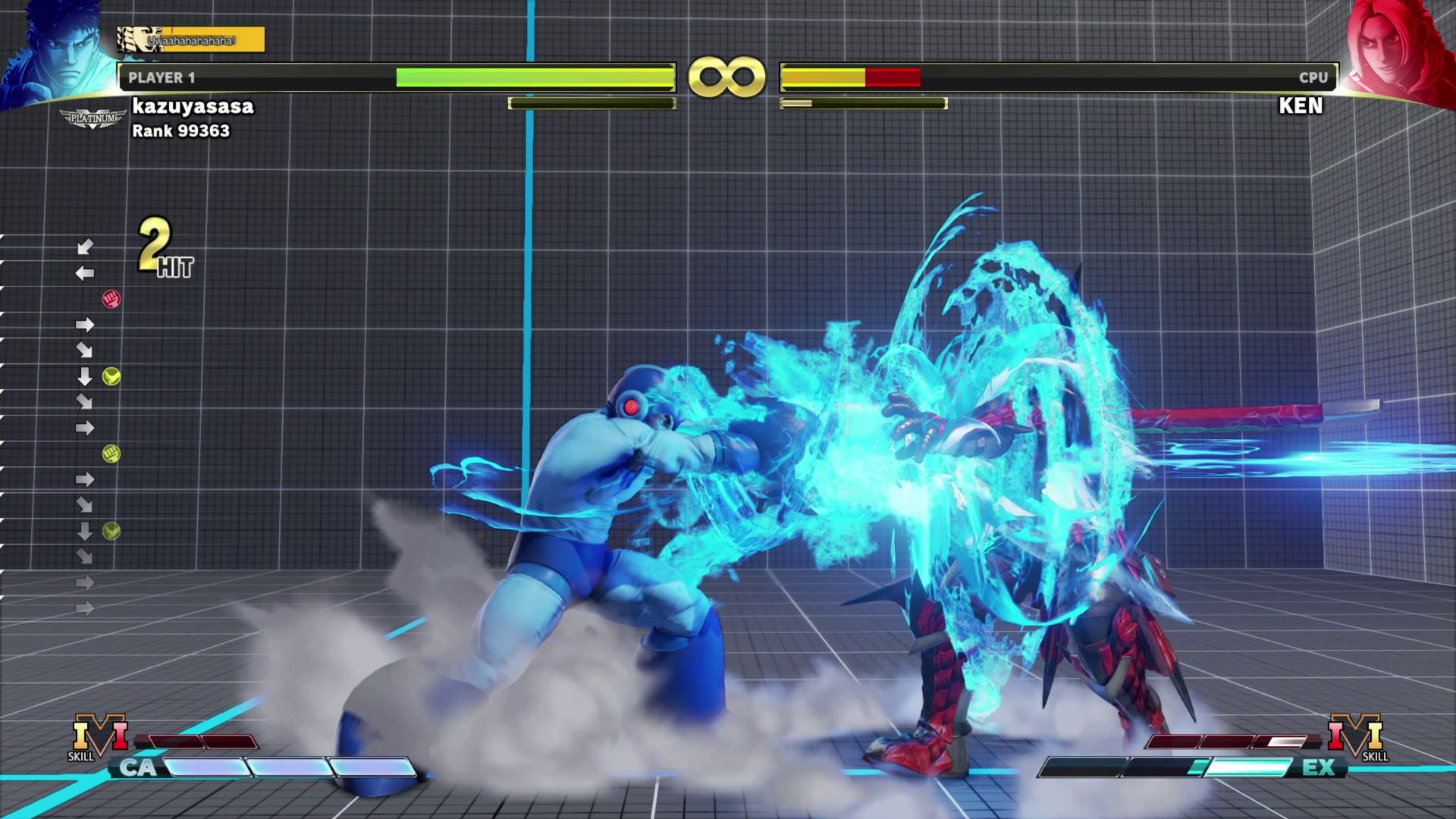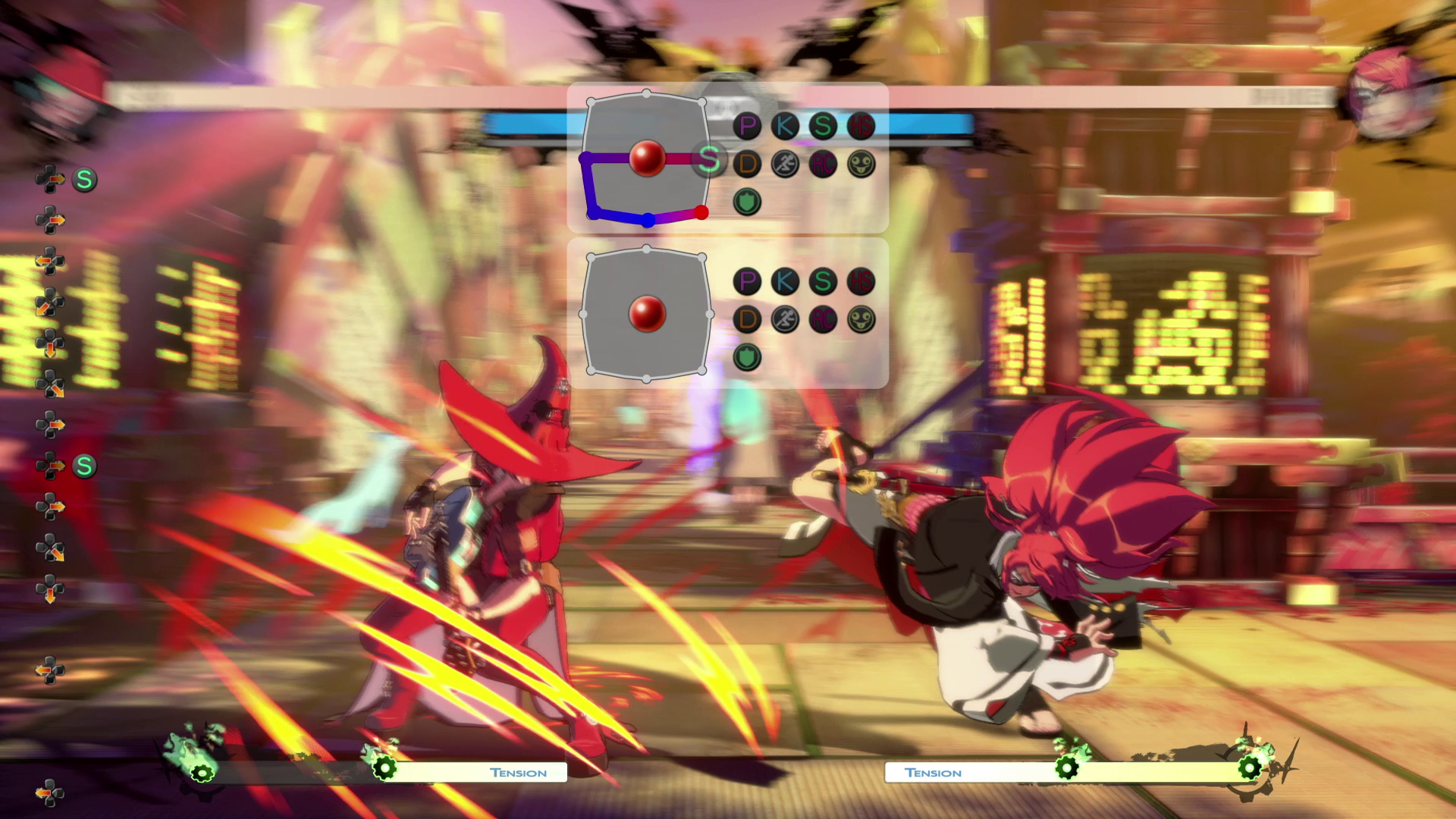For some people this might be the first time they’ve even heard the term Buffer in this context, so let’s take a quick look at the glossary:
From the glossary
Source: glossary.infil.net
A term that has two distinct, important meanings in the fighting game space.
1) Buffer can refer to a window of time where the game allows you to input a move.
2) Buffer can also refer to a character attacking empty space with a normal, hoping to cancel into a different attack if it hits.
As the glossary mentions there are two different meanings to the term. Most commonly I believe you will hear it in the context of the second point; attacking empty space and buffering an input that will be cancelled into, if the first move makes contact.

Buffer
As long as the game doesn’t have special rules, like allowing you to cancel whiffed normals into specials or supers, you will most likely throw out pokes in neutral that allow you to input another move. This in essence is the simplest form of an option select, or an IF statement which you might be more familiar with in another context. If we take a look at Ryu, he has a crouching medium kick which can be cancelled into his Hadoken for example. If you just input crouching medium kick and then quarter circle forward punch, without the crouching medium kick making contact with your opponent, nothing will happen. Ryu retracts his foot and goes back to his neutral pose. If his crouching medium Kick connects however, the Hadoken will come out.
In Guilty Gear Strive, thanks to COUNTER, which slows the game down so heavily, it might as well be a momentary freeze, you can essentially buffer more than one move. With I-No I can input my commands like this 2S – 236S – 236HS. This might look relatively unassuming and almost nonsensical if you know what these inputs represent. 2S is just the normal we want to cancel from, 236S is the her S Stroke, which if 2S hits will combo. 236HS is her HS Stroke, which in this scenario doesn’t combo or really do much at all at first glance. However, if her 2S is a COUNTER, the slowdown eats up your earlier inputs and thus only the 236HS input will be recognised, so you can always make sure that the correct move is coming out depending on the situation.

Practising Buffers
When you start practising your buffers, which thankfully is one of the easier concepts to get used to, it is worth keeping in mind that you should choose the moves you want to cancel into very carefully, as the move will not just come out on hit, but on contact. That means even if your opponent is blocking, the buffer will activate. Going back to my I-No example, if I don’t space my 2S correctly and the opponent blocks it, the S Stroke that will come out automatically, will be punishable. Well, unless I am opting for savagery, which is not good! It’s fun, but it’s not good.
Practising buffers is as simple as having your dummy walk in and out of range and you hitting the inputs over and over. If your buffered move comes out without your initial move making contact, you know you will have to tighten your inputs a little more. This topic very directly crosses over into both the topics of Options Selects as well as whiff punishing, but for today that’s all I wanted to talk about. We can look at the other two another time. The final boss is as always to use what you’ve learned in actual matches against other players. So go out there and get your buffers in.

Closing Words
Have you been practising buffered moves already? If not, are you going to try it and if you have, what are your thoughts on the best ways to learn this concept? Let me know in the comments either here or on the YouTube video! See you next time.

Leave a Reply